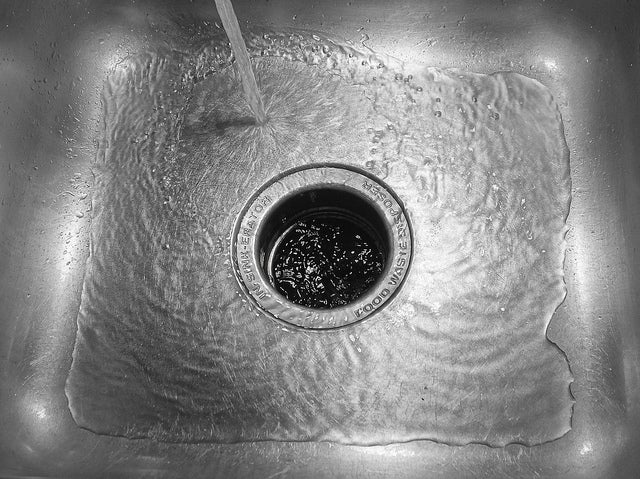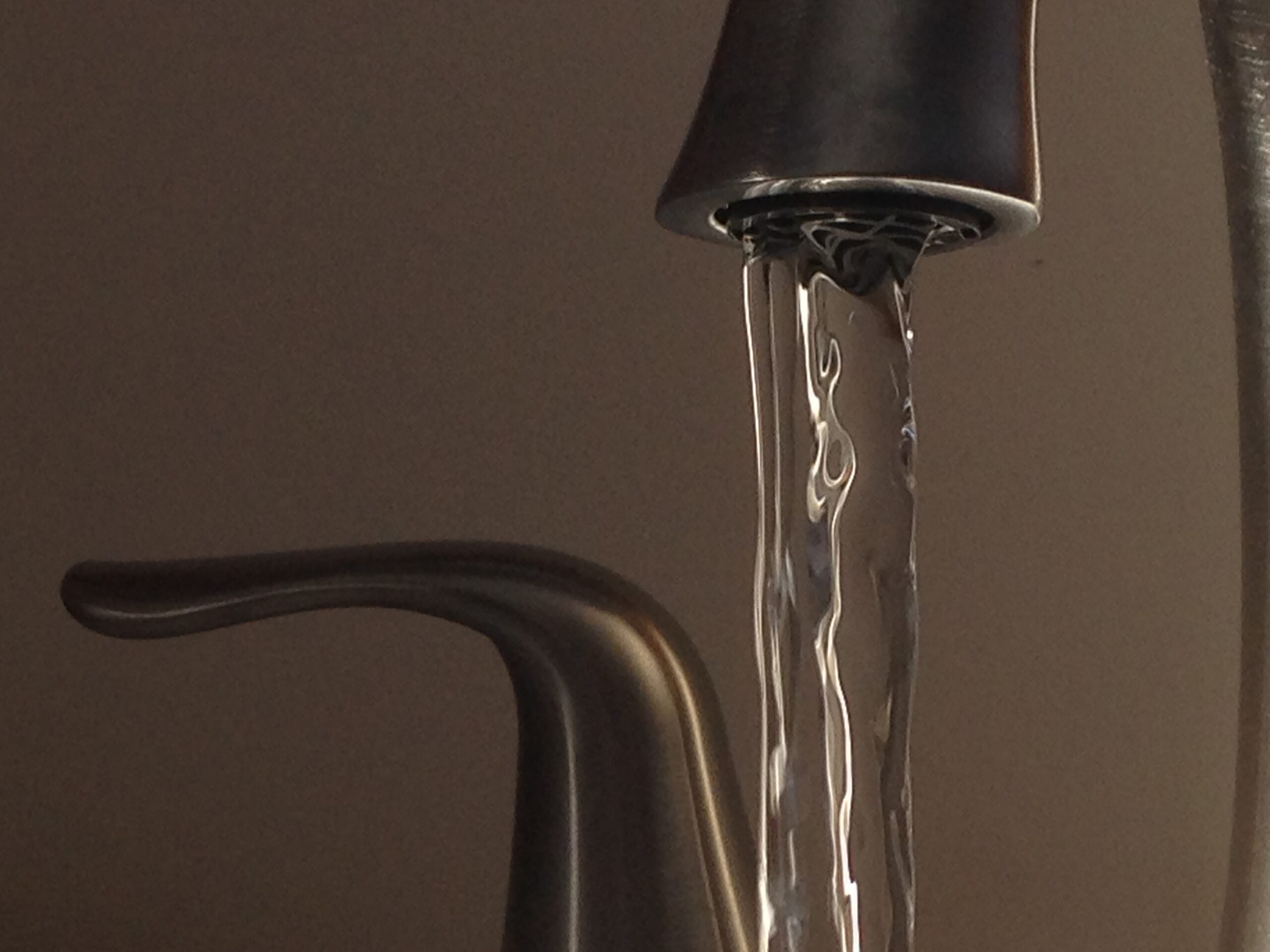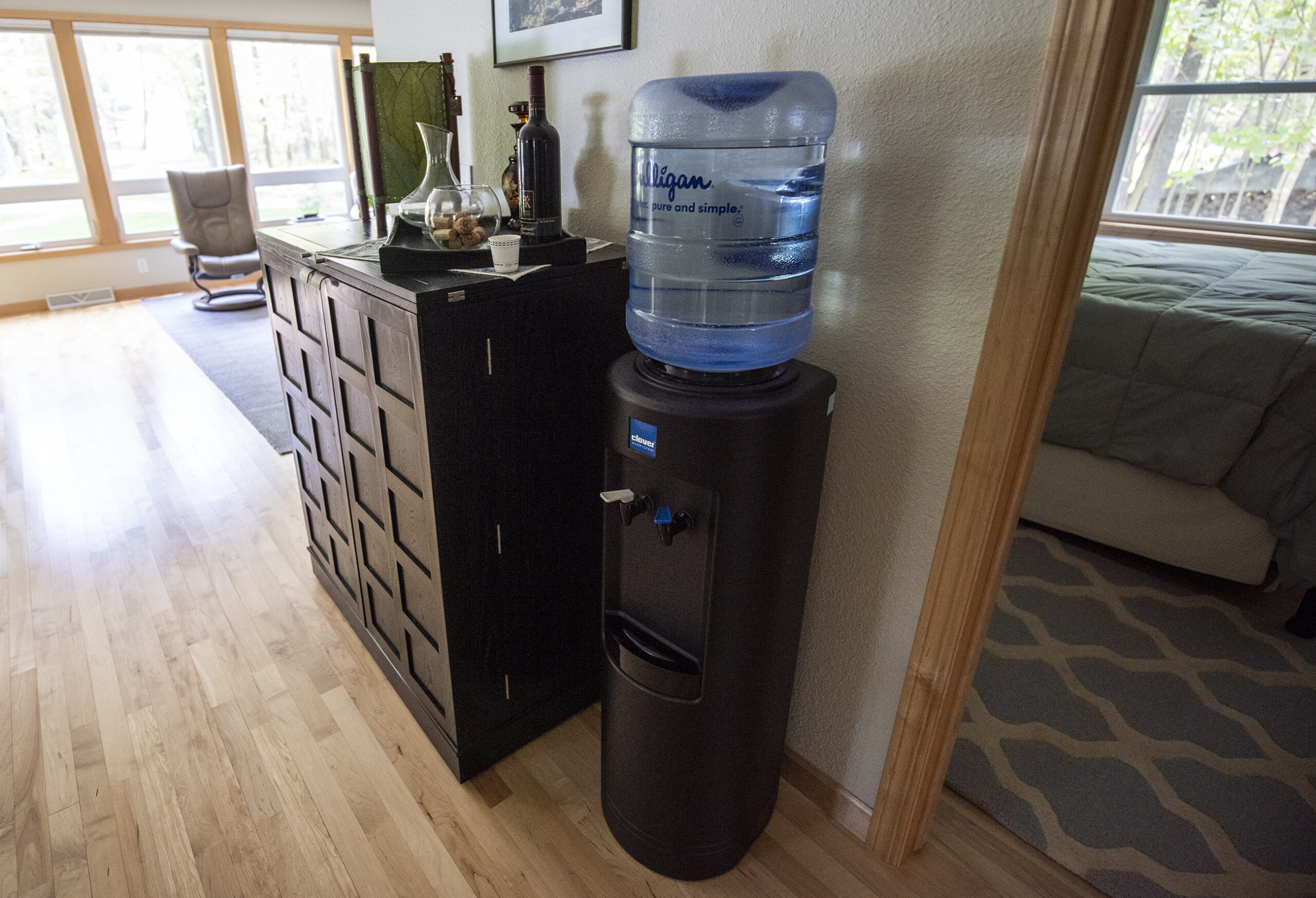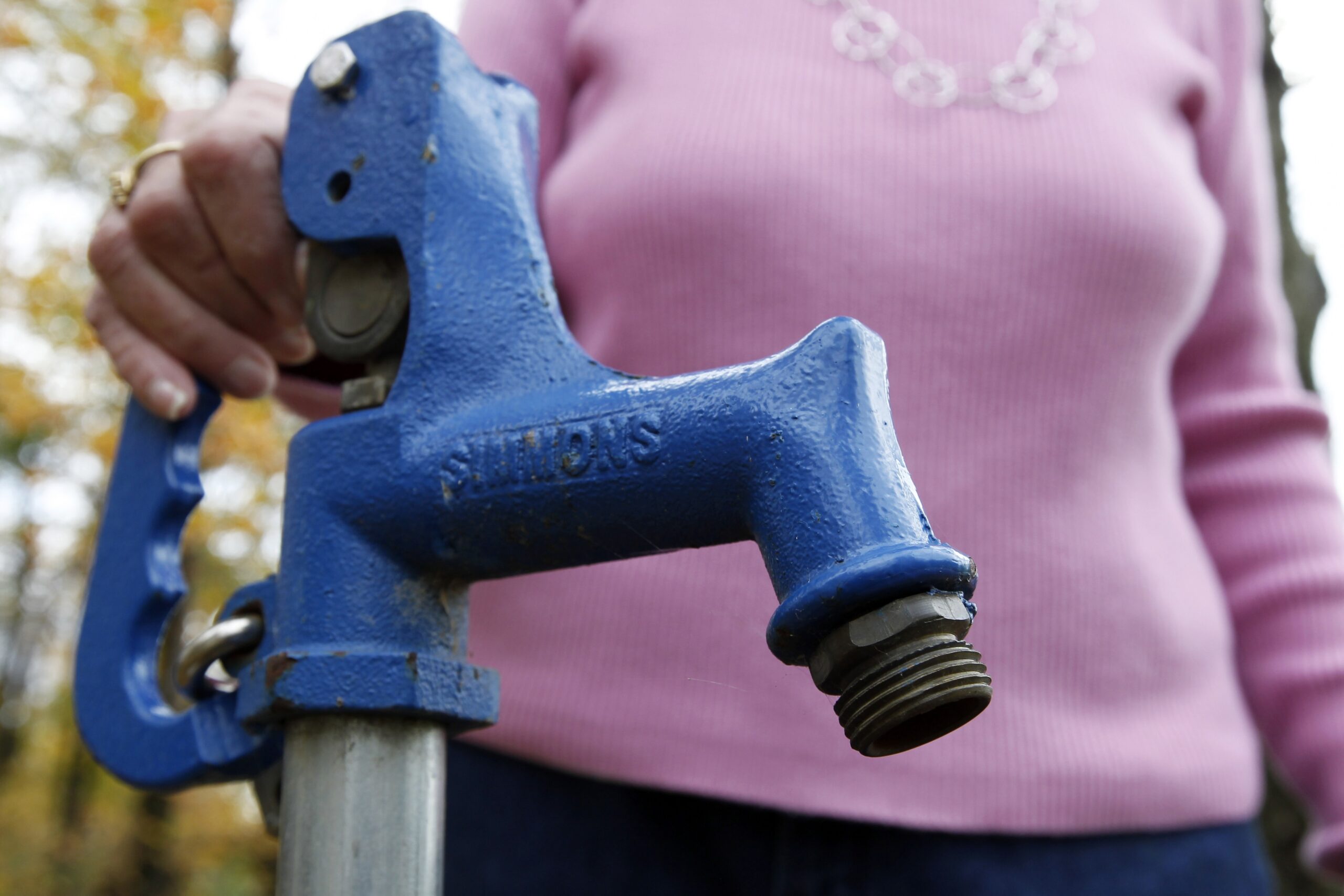Well water affects the food and drink people consume. Find out how to spot contaminated water and how to test well water quality.
Featured in this Show
-
If You've Got A Well, Make Sure To Test Water Annually, Say Experts
Wells in Wisconsin serve a large portion of the state’s population and that means many residents should know how to care for their drinking water, according to an expert.
Liesa Lehman, the private water section chief for the Bureau of Drinking Water and Groundwater at the Wisconsin Department of Natural Resources, said that there are almost a million private wells in Wisconsin, providing about a quarter of the state’s citizens with their drinking water.
“It’s really important that people understand where their water comes from, how to take care of their well and how to test their drinking water,” Lehman said.
The vast majority of private wells in the state are producing safe water that is good for drinking, according to Kevin Masarik, outreach specialist at the Center for Watershed Science and Education at University of Wisconsin-Stevens Point. Usually, he said, problems that do occur in well water aren’t cause for concern.
“Often times, there might be something aesthetically wrong with the water, maybe some taste, color or odor issues, and those are naturally occurring problems,” Masarik said.
However, some wells can be found to have bacteria, high levels of nitrate or arsenic, Masarik said. Those cases make it necessary for people with private wells to get their water tested to be sure it is safe to consume.
Masarik and Lehman have advice on what steps to take to test well water quality.
“If someone is interested in having their water tested, probably the easiest thing to do would be to direct them to the DNR’s ‘What’s Wrong with My Water’ webpage. On that, there’s a link to all the state-certified labs that will do bacteria and nitrate tests,” Masarik said.
To determine what test is necessary, the site also lists common water symptoms to help people better understand their water problems.
“(The site) helps you to think specifically about whether there’s an unusual smell or taste or appearance to your water and what might be causing that. So, it kind of gives you some clues about what you might want to test for or what type of contamination might have happened to your well,” Lehman said.
If people can nail down what the cause of the problem might be, it saves people the time and money of getting multiple tests done.
The state Department of Natural Resources recommends getting well water tested once a year, according to Lehman. The cost of a lab test is usually between $30 and $50, but there is also the option of doing the test at home. In that case, it’s important to get hold of a test kit from a certified lab, Masarik advised.
“Some of those (tests), especially bacteria, require a sterile vessel. So each lab is going to have their own container that you’re going to want to have on hand, as opposed to filling up a random container and taking it in. They’ll make you do it over. So always contact a lab first,” said Masarik.
Episode Credits
- Larry Meiller Host
- Cheyenne Lentz Producer
- Kevin Masarik Guest
- Liesa Lehmann Guest
Wisconsin Public Radio, © Copyright 2025, Board of Regents of the University of Wisconsin System and Wisconsin Educational Communications Board.





